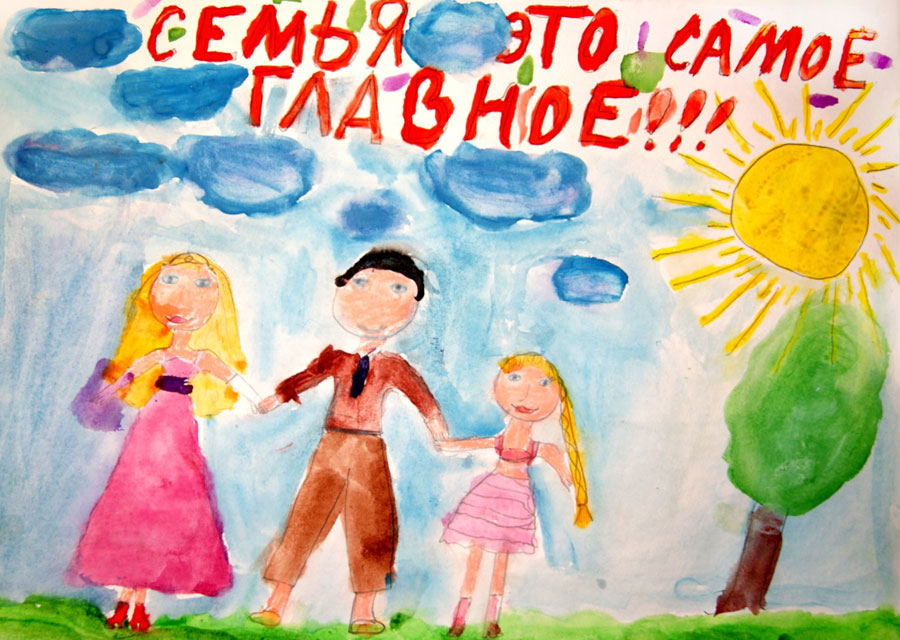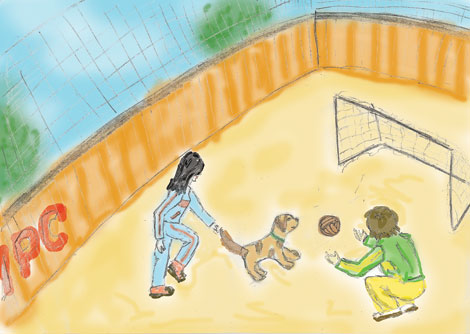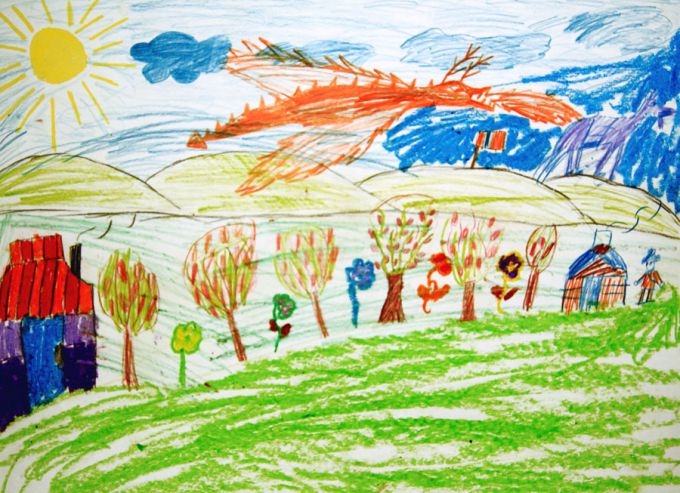Details about the psychology of children's drawings can be found in the writings of John. Dileo, A. L. Wenger, M. Lusher. Here are the General criteria for evaluating children's drawings. First, in order to assess the pattern, give your child complete creative freedom: give a few sheets of paper, lots of colored pencils, don't limit it in time, and don't tell me what to draw. Second, a single picture can tell only about the momentary state of its author; to draw conclusions about the General condition of the child, you must perform some works painted at different times.
What should you look for when assessing a picture? Here is a small list of basic criteria.
Colors. This is the most important factor that is evaluated first.
The pressure of the pencil - indicates the psychomotor condition of the child. For example, shy children are doing very weak pressure, and impulsive, on the contrary, press on the pencil too much. Hyperactive and conflict children are painting so that the pencil may even tear the sheet.
 The size of the picture. The pattern should not be too small or not fit on the sheet.
The size of the picture. The pattern should not be too small or not fit on the sheet.
The location of the picture. If the child is selfish, having high self-esteem, and to draw it will be only in the upper part of the sheet. But if there is a little items at the bottom or in a corner of the sheet, it speaks about the emotional troubles.
The detail of images. Children are very creative and in detail, all draws.
The pace of work. Passive children draw slowly and reluctantly. If fast and sloppy, it indicates hyperactivity of the author.
Talking to the child while drawing. Well, if the child says and happily explains that he draws. If he does not want to draw, so he's tired, or emotionally depressed.
Ultimately, the insights about emotional instability, or depression kid can only be done after studying several drawings, and then, if they found several disturbing factors.

